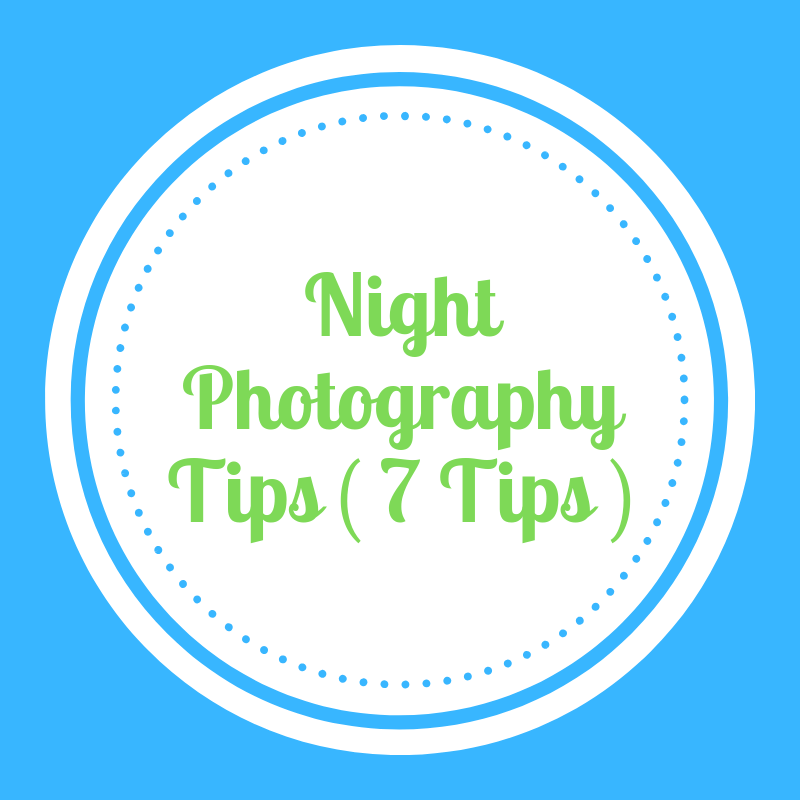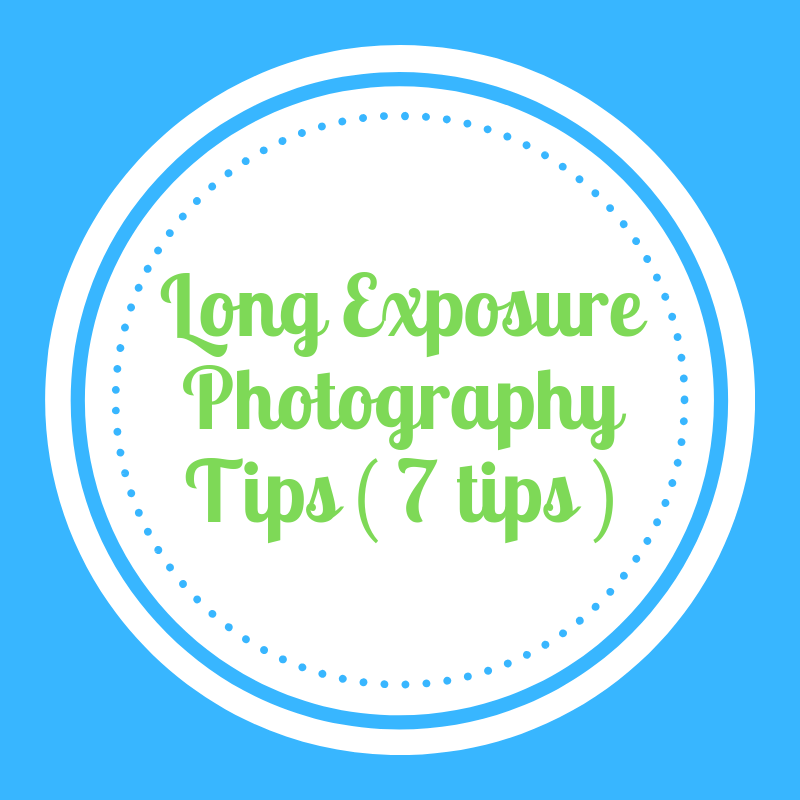7 Night Photography Tips
Photography is about going beyond your imagination and exploring your creativity. Other than having a quality camera with enhanced features and sharp lenses, which are crucial in professional photography, your creativity matters a lot. And just like technology, the photography field is dynamic. You have to keep up with new appliances and ideas in the industry.
Try something new. If you have been only taking photos on broad daylight, the next time you should try in the middle of the night. In fact, there is a lot to discover and explore with your camera and lights during the night. This is where the flash does magic. With the artificial light source, you can create different environments and moods as well as effects in your photos.

Besides, you should hook up with other photography enthusiasts with similar minds. Whether you are a professional or beginner in photography, there is a lot you can gain from like-minded people.
Take time and go out in your local area for a photography tour with all your equipment. Even one day brings a whole new difference to your photography perspectives. You will add insights and ideas to your existing skills. Besides, practice makes perfect. Getting hands-on guarantees mastery of the skill than researching online on our own.
The night offers extensive and endless opportunities for you to explore your creativity. While researching and planning for a photography tour with fellow photographers, consider a night out.
There is magic in the night! Some of the creative ideas you should try with your camera on manual are; long exposure light trails, second curtain light trails, fireworks, light painting, zoom burst, smooth water, flash ghosting, and handheld panning.
Here are some tips for you to practice:
-
Manual focus
To produce exemplary photos, you need to utilize settings on your camera. Irrespective of how quality you consider your camera, it cannot automatically focus on subjects during the night, particularly when the light is dim.
Depending on your camera type, turn it from automatic focus to manual focus. Labels may differ but AF/MF is common. The MF setting allows you to turn the focus ring until you are satisfied with the clarity of your desired subject.
Additionally, you should switch on the ‘live view mode’ to compensate for long distances or poorly lit areas. Usually, this setting is found on the LCD screen of your camera. Manual focus with these two techniques guarantees sharp photos in the night.
-
Shoot in RAW
There are various formats of storing your images after taking photos. RAW is the most preferable because it has more flexibility. When it comes to photo editing or post-processing, RAW allows you to extract as much detail as you need from the photo. Details are crucial in post-processing for enhancement of your photos. Besides, the format stores every detail you captured in a photo hence reliable.
-
Use a tripod
The last thing you want in the night is the noise. For proper photography in dimly lit areas, you need to increase exposure time as compared to daylight shots. A longer exposure time allows light to get to the sensor before capturing.
When you are using an external light (which is crucial), longer exposure ensures the flash is in synchronize with the camera sensor. Thus, a tripod stand is not discus-sable. You must have it in the night. Nights can be breezy hence the need for strong and firm tripod stands.
-
Turn off Image stabilization
Image stabilization also known as vibration control is important when it comes to hand-held shooting. However, night photo shoots are characterized with tripod stands. With a firm sturdy and strong tripod well placed in firm ground, you do need this setting. In fact, it will affect exposure and capture synchronization because of its brief adjustments, which cause movement.
-
Remove UV filter
This component is also crucial when shooting in the day. In professional photography, you control and determine your environment. Allowing sun rays to your lens compromises this technique.
However, you do not need this when shooting in the night. There are sources of light during the night that you might not control, these include; street light, moonlight, and signage, which can cause refraction. Consider acquiring a lens hood to ensure zero exposure of your lens to unwanted light.
-
Use remote release
Tack sharp photos are the ultimate goal in a night shoot. You do not want any slight vibration that can jeopardize a well-set shoot. The shutter button is a sure way of increasing vibration when capturing, you should avoid it at all costs, particularly in the night.
To avoid this, use a remote release. After setting and focusing your lens, keep your hands off the camera and capture using this device. Besides, you can use a built-in time, which is fairly reliable. Some cameras have additional features like WI-FI, where you have an option of using your smartphone to capture.
-
Use wide-angle lens
Apart from the sharpness of a lens, you should also consider the size. Lenses differ in size, which is measured in mm. Wide lenses capture wide views and more details in a photo. You also have an advantage of additional effects on your photo.
Subscribe To Our Newsletter Here







